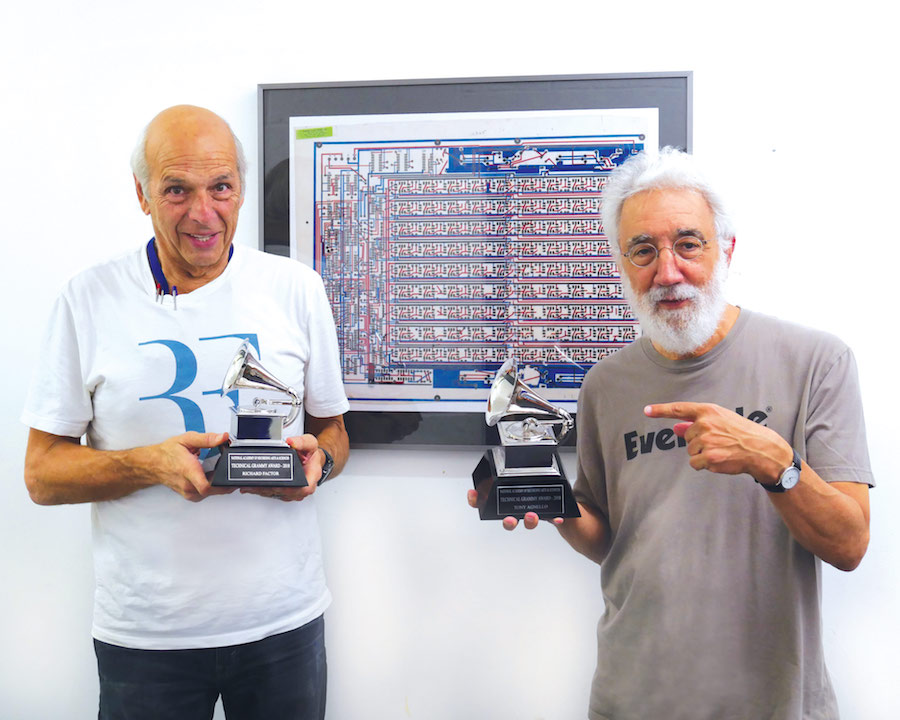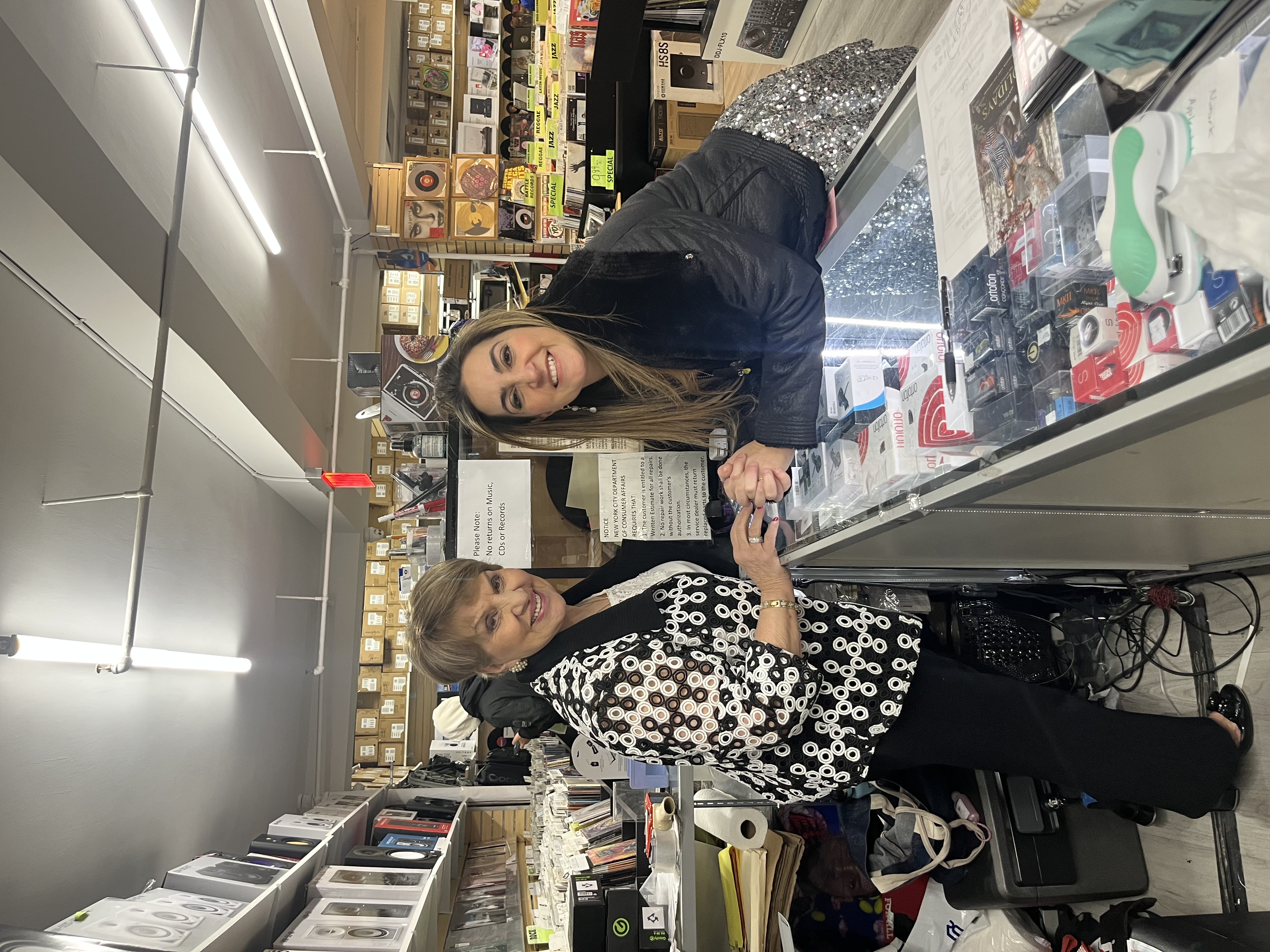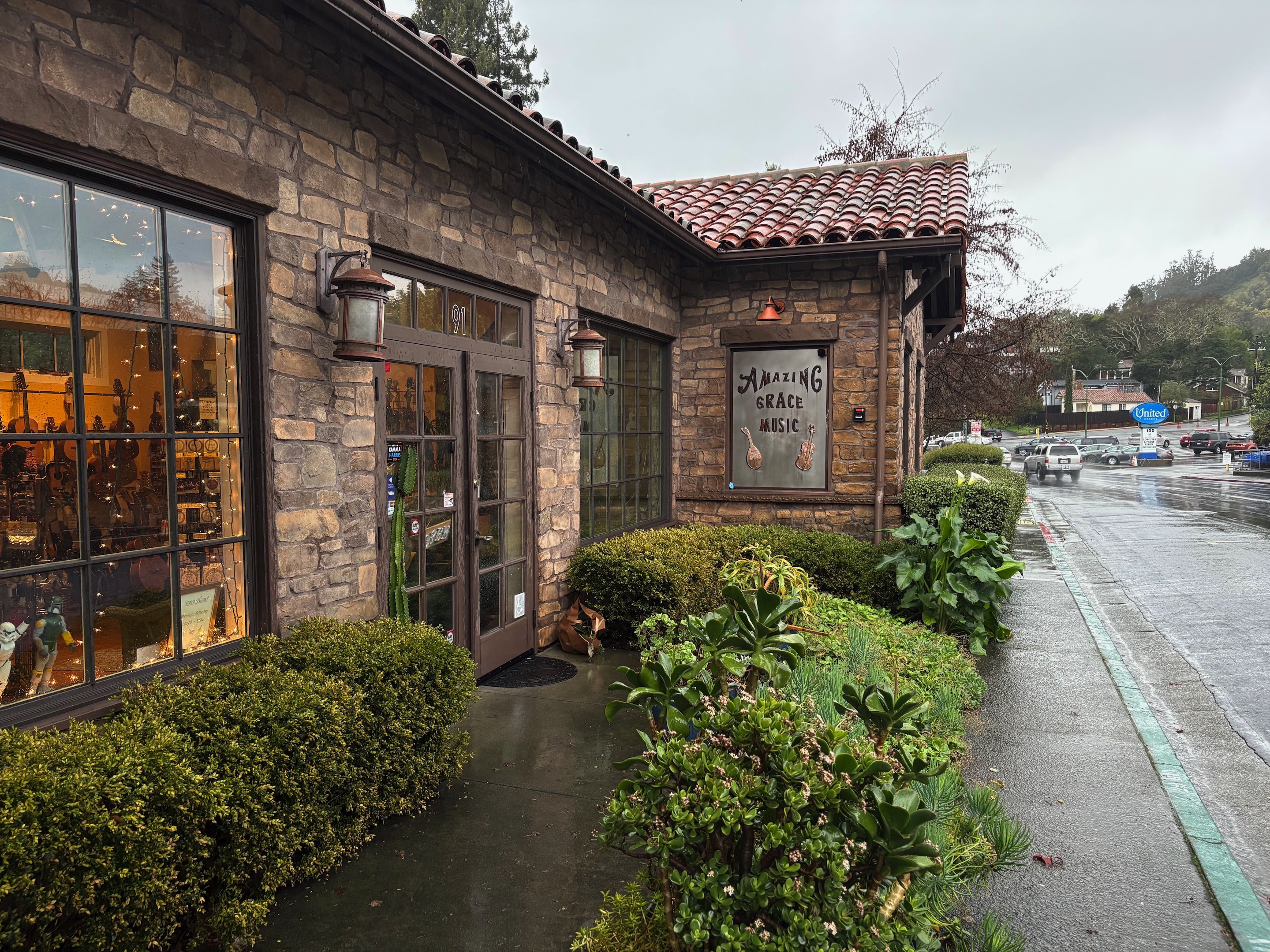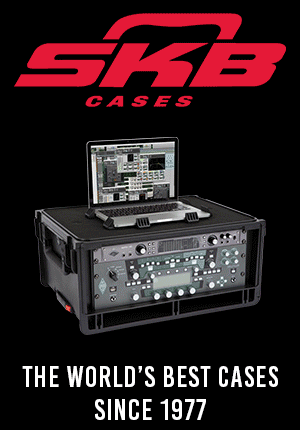
Eventide's Richard Factor and Tony Agnello
HQ: Little Ferry, New Jersey
Founded: 1970
Employees: Around 80
Best selling product: H9000 rackmount effects processor, H9 Max multi-effects pedal and Anthology XI plug-in bundle.
Fun Fact: Factor invented and built Eventide’s first product, a tape-search unit for an Ampex multitrack recorder, in 1970 to help co-founder Steve Katz streamline his workflow in the recording studio. Agnello joined the young company not long after and developed Eventide’s first game-changing product, the H910 Harmonizer.
How do you start your day?
FACTOR: I’m in my 70s and getting up in the morning is something I’m really happy to do every day. [Laughs.] I take every day as it comes. Work-wise, today was a bit of a challenge, just trying to source some parts we needed, but most days I just try to stay aware of what’s happening with the company. Tony is really running things now — I can’t use the term retired because I still do some stuff — so the question really is more relevant to him.
AGNELLO: I start my day around 7 a.m., reading and sending emails. Around 8, I’m drinking coffee, listening to “Washington Journal” on C-SPAN, reading the New York Times on my iPad, and responding to emails that arrive in response to my emails earlier in the morning. Then at 9, I have my first Zoom, which is a daily stand-up with our developers. From there, some days are full of Zoom meetings, because our developers and marketing team are all working remotely. Other days, I do a lot of writing. I’m working on documents about Eventide’s history and our 50-year anniversary right now. And on Thursdays, after emails and coffee, I go into the office and meet in-person with our production, HR, IT and accounting staffs.
What does Eventide’s 50th anniversary mean to you personally — and to the company as a whole?
FACTOR: That we’re really old? [Laughs.] Fifty years ago, I told my mom that I was quitting my job in the military industrial complex to start this new audio company. She asked, “What in the world are you doing?” I reassured her that if it didn’t work out, I could always get another job — and that was 50 years ago. Being with Eventide has been wonderful. I’ve never had to get another job, or even work at all, depending on how you look at it.
AGNELLO: I’ve been digging through old documentation and writing historical flashbacks, and the thread through this is that we’ve just been following technology. There’s always some new kind of device that makes something practical or possible that wasn’t before. We take advantage of it — our slogan is “Take the next step.”
Can you give some examples?
AGNELLO: This is back in pre-history, but one of our first successful products was the Instant Phaser. It was an analog device that tried to emulate tape-based flanging. At the time, there was no practical way to delay audio without recording it to tape. You couldn’t just build a device with electronics to do flanging. Instead, Richard came up with a phase-shift network that sounded something like flanging, but was different, and it became popular in its own right. A few years later, something called a charged coupled device came along, which did allow you to emulate flanging in a similar way to how it worked on tape.
How do you approach product innovation today?
AGNELLO: It’s collaborative. We’re fortunate to have staff that’s not only brilliant, they’re all musicians. Richard and I are musicians as well. We all use gear, make music and key employees have been with us for a while. Our VP of product development, for example, has been here for thirteen years and we are very much of like minds. Again, the reality is that advances in processing technology determine what we can do next.
How does that manifest in your current work?
AGNELLO: Each year, technology gets faster. There’s more memory and storage. You can do a lot more processing in real time. We’ve been fortunate to recruit really talented young people who are at their prime, and they’re inventing new processing techniques we could only dream of.
FACTOR: The progression has literally gone from 16-bit RAM I used to make a telephone dialer when I was in my twenties to 64K RAM in the 1980s and now we’re at gigabits in one tiny chip. We just keep making new stuff with new tools that help us make it.
What’s one example from right now?
AGNELLO: Over the last three years, we’ve invested quite a bit of time into what we think is a groundbreaking process. When humans hear sounds, we perceive that they have certain qualities — a transient component and tonal component. Wouldn’t it be wonderful if there was a way to model human perception and split a sound into those components, so you could manipulate the tones and transients individually? Imagine a snare drum. When you hit it, the skin rings out at certain frequencies, but there’s the hit of the stick as well. If you could break that down so you can reinforce the hit by itself, or the sparkle that comes afterwards, you can do some really cool tricks. Making that happen is a very tough process and the team has thrown a lot of time and signal processing at this challenge. It’s a bit of a magic trick, and the process we’ve developed mimics human perception so closely. We could only make it happen because of the current state of technology. Five years ago, it just wouldn’t have been practical, because of the massive processing power needed.
Can you walk us through the different markets Eventide serves?
AGNELLO: In the non-music world, we offer public safety products that help record audio for 911 contact centers, ICU providers, dispatchers. If you take away the people working on that side, our operation is actually quite small — companies our size usually are in the rackmount, plug-in or stomp-box business. But we’re in all three. While there’s almost no call for rackmount products anymore, it’s also a wide-open space and our H9000 has been successful because there are people who care about such things. The H9000 sits on the network and can process lots of channels via Dante. In the stomp-box world, our H9 runs lots of our algorithms. And there’s a whole separate customer base for our plug-ins. Anthology has many of our plug-ins, some of which emulate our older gear and some of which are forward-looking. Physion, for example, takes advantage of the splitting of transients and tonal qualities technology I mentioned earlier.
And you’ve found success in all musical categories?
AGNELLO: They speak to different customers. Guitar players are performing live — or hopefully will begin again someday — and want a box at their feet. They don’t want to have to walk over to the computer in the middle of a solo in front of a thousand people. For our rackmount flagship product, while most of the effects in that box can run as software in your DAW, there are advantages of having a piece of outboard gear with very high-quality, analog-to-digital and digital-to-analog convertors that just sit on the network, so anyone can route audio to it and process with Eventide algorithms.
Are the music and public safety portions of your business interwoven?
AGNELLO: In terms of development and sales, they’re siloed, but they share everything else — facilities, HR, IT, manufacturing, marketing.
How do you approach marketing products to such different audio markets?
AGNELLO: We’ve somehow survived without really understanding marketing. In the past, we’ve proudly said we’re one hundred percent MBA-free and I think that’s still true. Marketing is not our strong suit. Our strong suit is our products. If you have world-class products, you don’t need a lot of convincing to get people to buy them. That’s been our experience, at least.
FACTOR: All I can do is echo that we’re still here after 50 years, so it must be working.
Have you had a chance to see many of your musical heroes using Eventide products?
FACTOR: I’ll give you a recent one. There’s a British band called Marillion that I discovered maybe thirty years ago. They have an incredible singer and wonderful musicians. One day, I was going through a list of customers and found they had ordered and paid for one of our plug-ins. I told our marketing department to say there was no charge and they could have anything they wanted — that’s how much I love them. Perhaps unknowingly, they reciprocated by buying one of our H9000s recently.
AGNELLO: Grateful Dead, Led Zeppelin [and] Todd Rundgren were all early adopters of our gear. Just recently, I was talking with Tony Visconti, who produced Bowie. The album Low was one of the first uses of our Harmonizer on the drum kit. And Bowie’s song “Ashes to Ashes” has a quirky piano part that was created using some of our gear. Bruce Springsteen, Peter Frampton, John Mayer — we’ve been doing this for a while, our stuff sounds good, and it’s always been our goal to create stuff that people will give us money for, and then not ask for that money back.
How do you approach differentiating yourselves from competitors?
AGNELLO: They’re not really part of our equation, to be honest. One thing I love about this industry is that you never really go head to head. Some people like Fender guitars and some like Gibson. It’s about what sounds and instruments inspire you, and there’s a broad spectrum and rich palate to choose from.
If not music technology, what would you be doing?
FACTOR: I’d probably be a retired engineer at somewhere like General Electric. Or writing science fiction.
AGNELLO: I’d be playing guitar.











